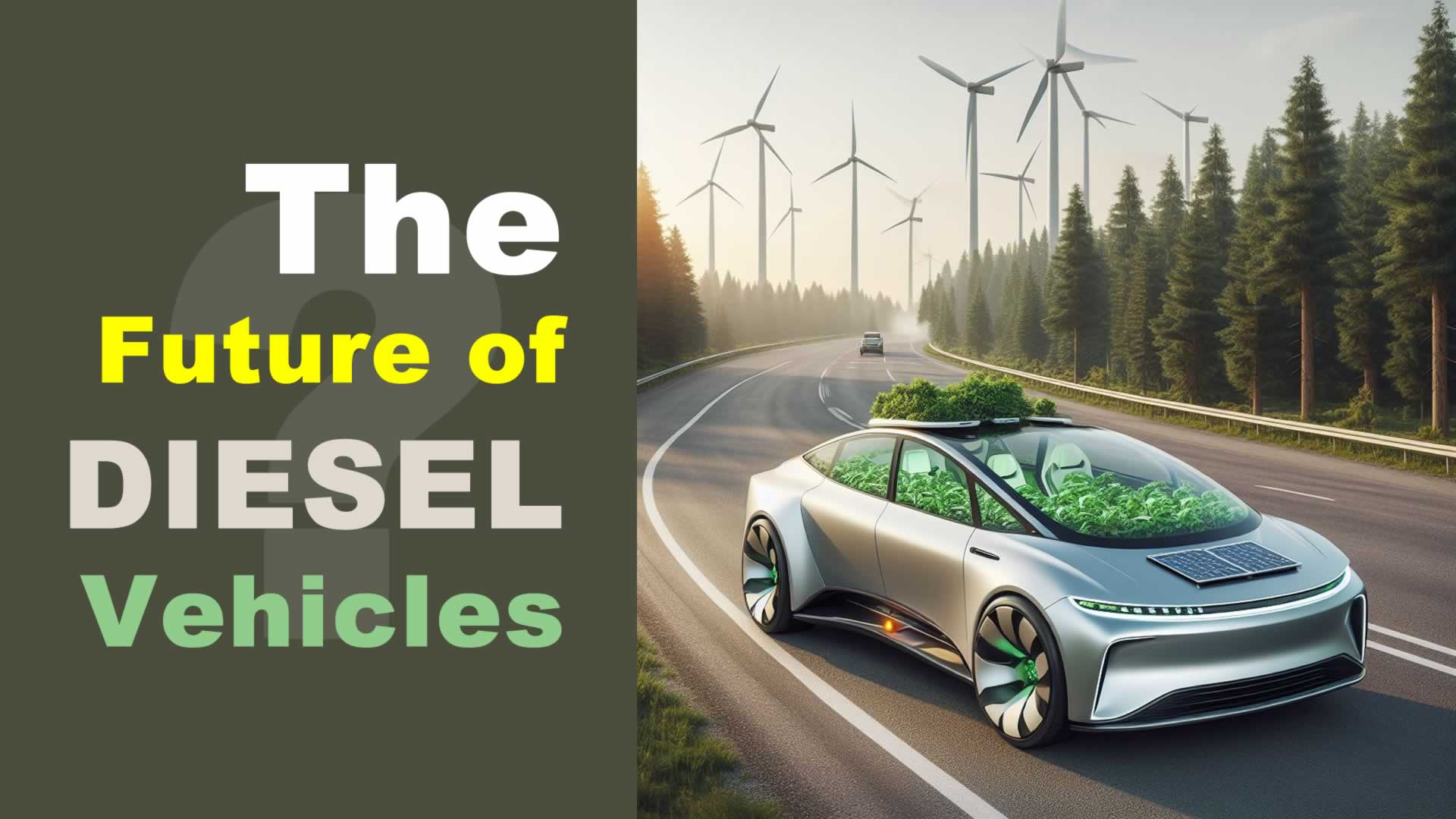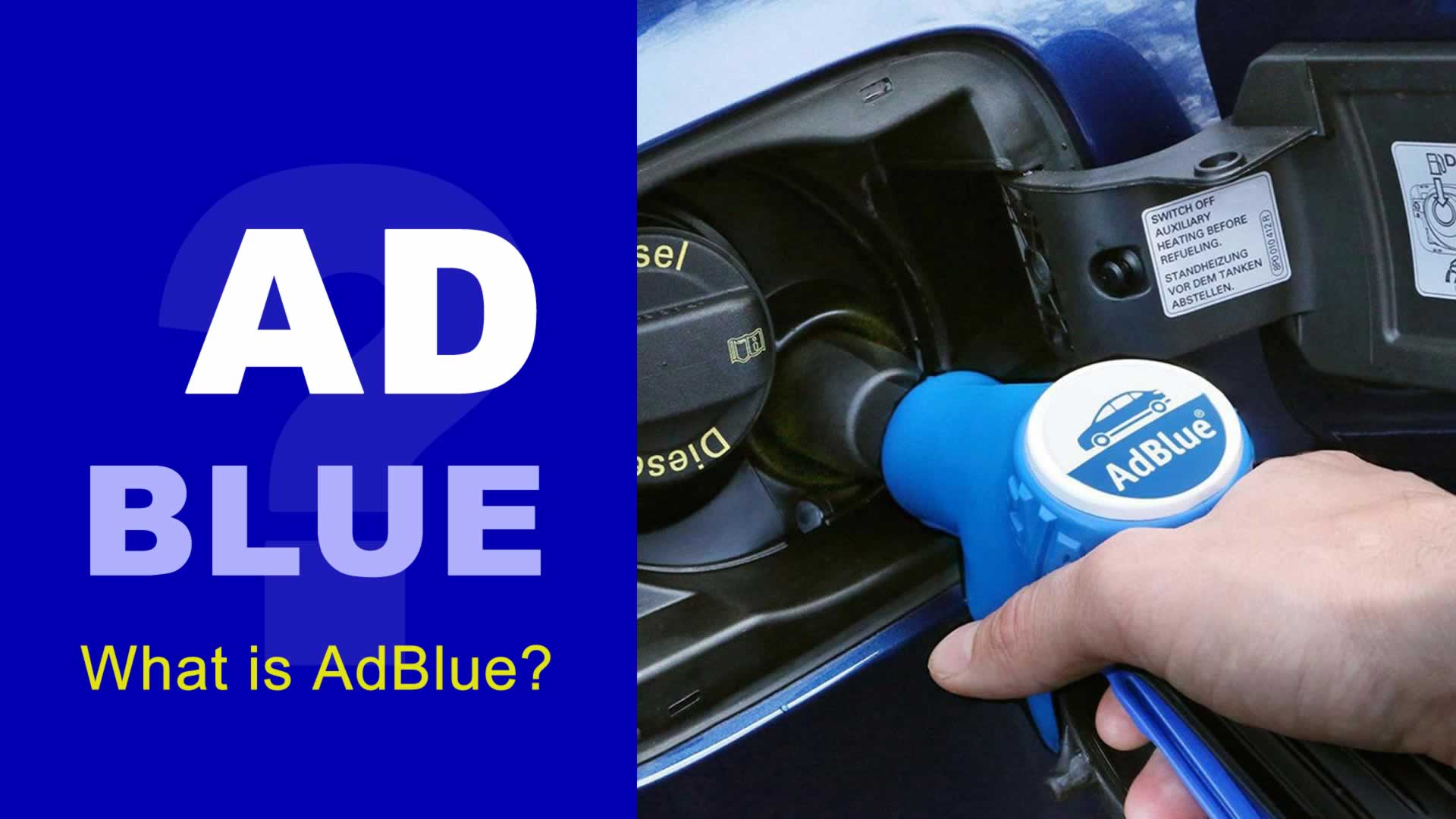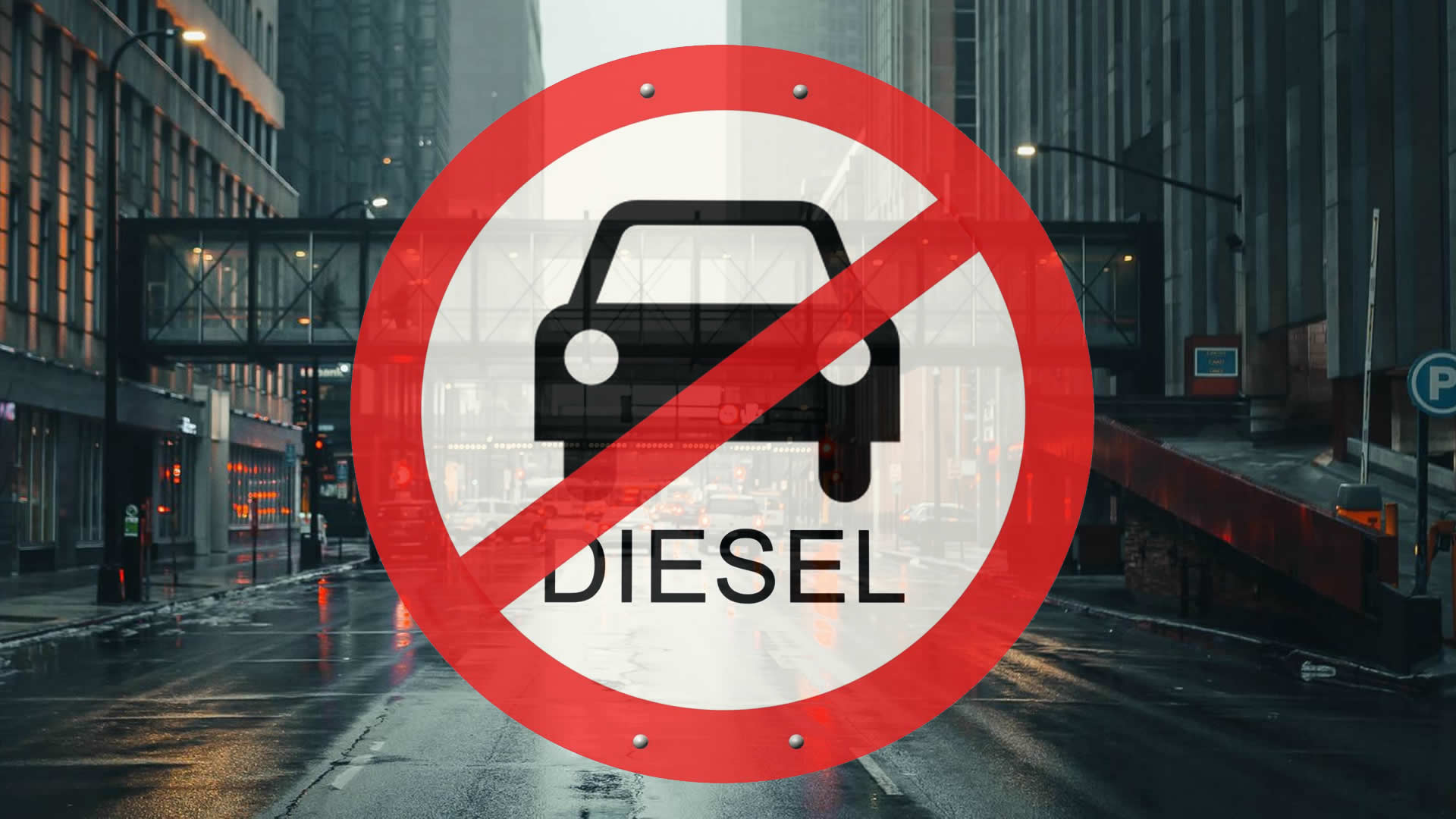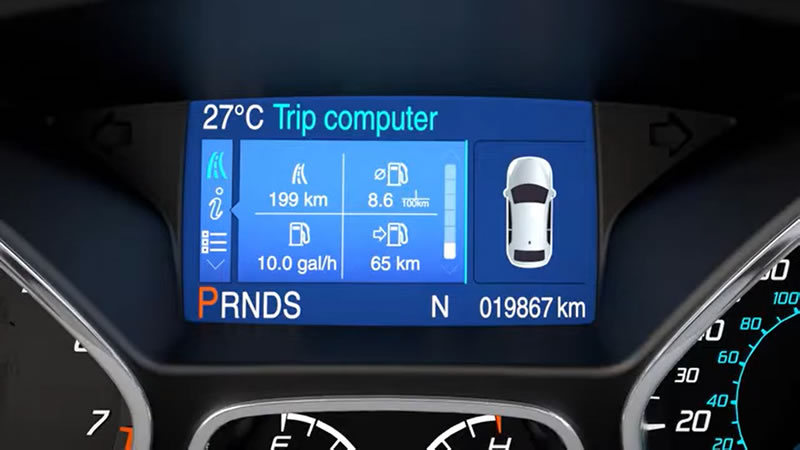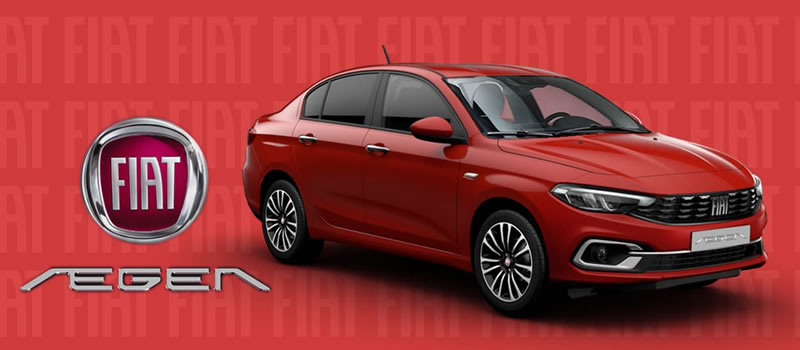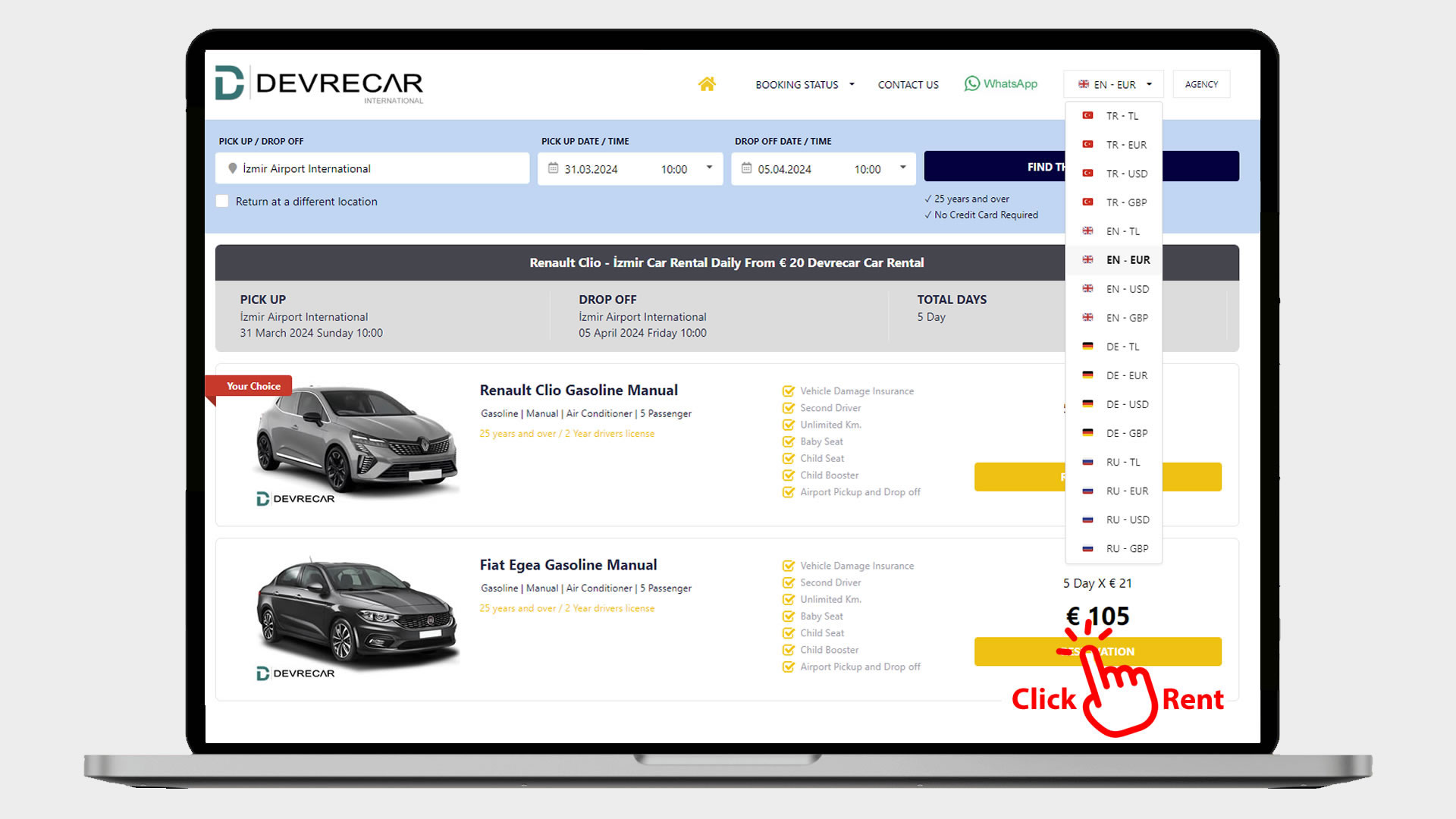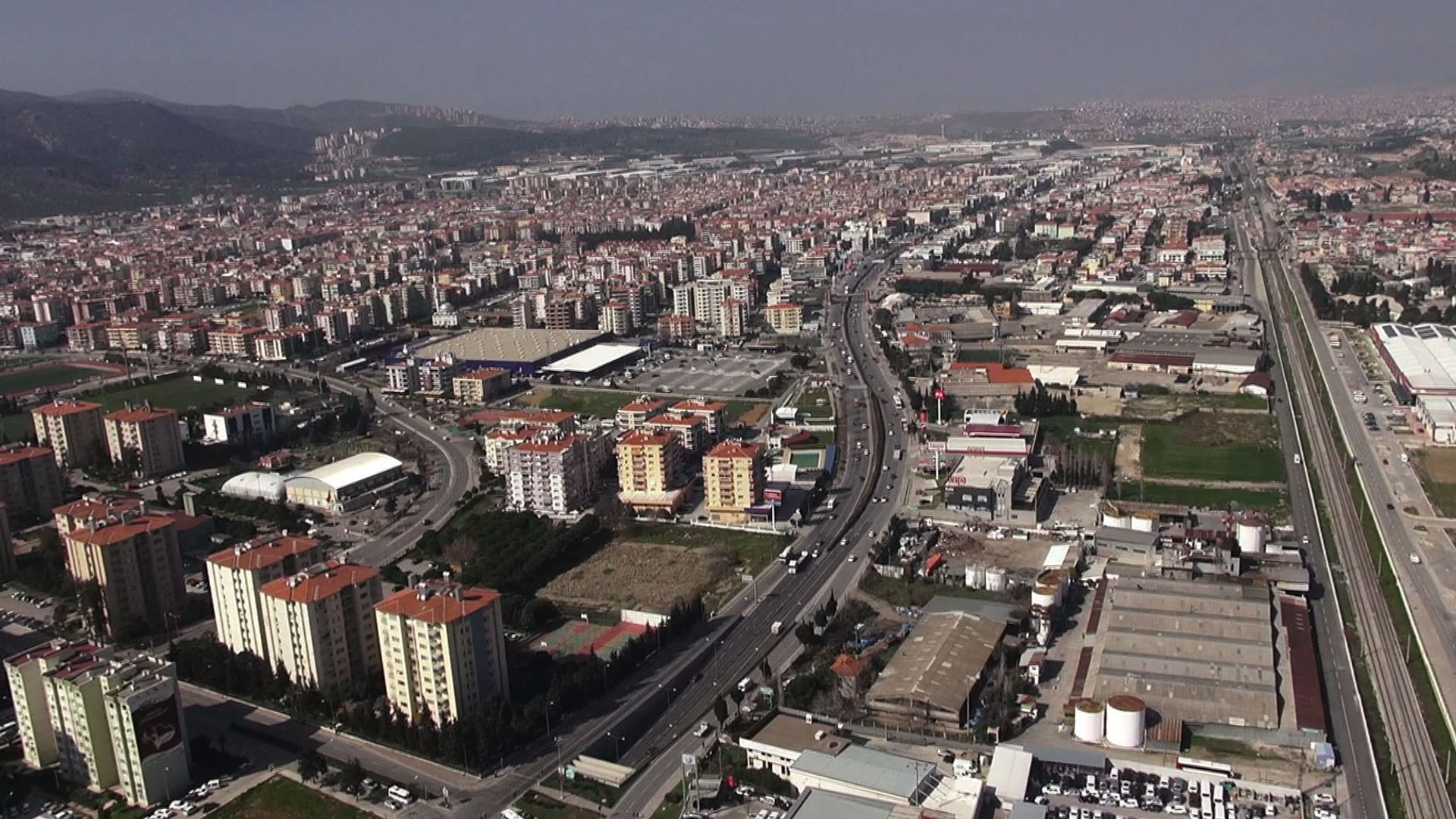What is a Euro5 Engine?

A Euro 5 engine is known as a type of diesel engine produced in compliance with the environmental standards of the European Union (EU) and having a specific standard in emission controls. These engines are designed especially to reduce harmful gases emitted into the atmosphere. Here are detailed insights into Euro 5 engines:
Euro 5 engines are subject to stricter emission controls compared to previous engine technologies. These engines are designed to reduce the emission of harmful substances such as nitrogen oxides (NOx), particulate matter (PM), hydrocarbons (HC), and carbon monoxide (CO) in exhaust gases.
Euro 5 engines typically feature a diesel particulate filter (DPF). The DPF captures and filters particulate matter in exhaust gases, thereby significantly reducing the amount of particulate matter emitted into the atmosphere.
Some Euro 5 engines utilize Selective Catalytic Reduction (SCR) and AdBlue, a urea-based liquid. The SCR system uses AdBlue to reduce a portion of nitrogen oxides in exhaust gases, significantly lowering NOx emissions.
The use of Euro 5 engines offers various advantages. With a cleaner combustion process, less harmful gases are emitted into the environment, improving air quality. Additionally, Euro 5 engines may offer improvements in fuel efficiency, resulting in less fuel consumption and lower operating costs.
Euro 5 engines can serve as a transitional phase for compliance with the EU's environmental standards. Work continues on Euro 5 engines as a step towards more advanced technologies and stricter emission standards. They can play a significant role in the development of future engine technologies and environmental sustainability.
Euro 5 engines can be an environmentally friendly and economical option. However, regular maintenance and proper fuel usage are required to fully benefit from them. These engines play a crucial role in efforts to reduce environmental pollution and pave the way for a cleaner future.
Emission Controls:
Euro 5 engines are subject to stricter emission controls compared to previous engine technologies. These engines are designed to reduce the emission of harmful substances such as nitrogen oxides (NOx), particulate matter (PM), hydrocarbons (HC), and carbon monoxide (CO) in exhaust gases.
Diesel Particulate Filter (DPF):
Euro 5 engines typically feature a diesel particulate filter (DPF). The DPF captures and filters particulate matter in exhaust gases, thereby significantly reducing the amount of particulate matter emitted into the atmosphere.
SCR and AdBlue Technology:
Some Euro 5 engines utilize Selective Catalytic Reduction (SCR) and AdBlue, a urea-based liquid. The SCR system uses AdBlue to reduce a portion of nitrogen oxides in exhaust gases, significantly lowering NOx emissions.
Advantages:
The use of Euro 5 engines offers various advantages. With a cleaner combustion process, less harmful gases are emitted into the environment, improving air quality. Additionally, Euro 5 engines may offer improvements in fuel efficiency, resulting in less fuel consumption and lower operating costs.
Future Developments:
Euro 5 engines can serve as a transitional phase for compliance with the EU's environmental standards. Work continues on Euro 5 engines as a step towards more advanced technologies and stricter emission standards. They can play a significant role in the development of future engine technologies and environmental sustainability.
Euro 5 engines can be an environmentally friendly and economical option. However, regular maintenance and proper fuel usage are required to fully benefit from them. These engines play a crucial role in efforts to reduce environmental pollution and pave the way for a cleaner future.


